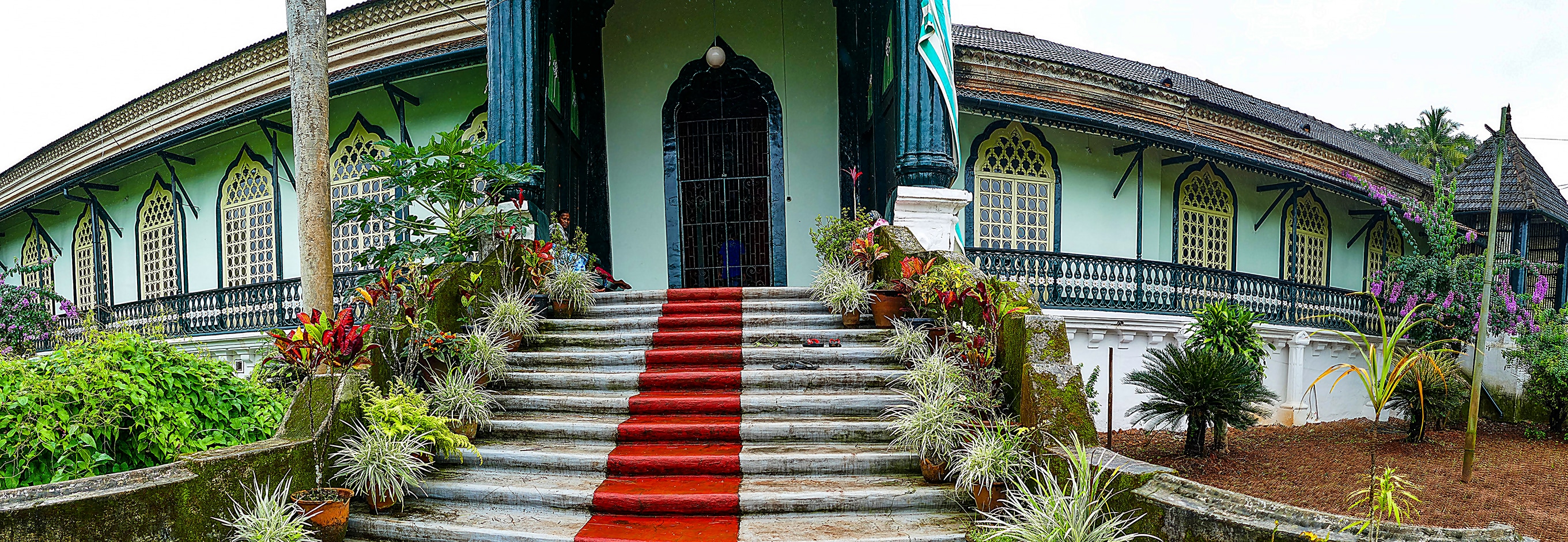
Piedade village in Divar Island ..Goa in the Rains…Part 2….
Further to Goa in the Rains..Part 1….Chapora Fort
Most people go to Goa and never manage to get beyond the usual beaches and restaurants/shacks . However, On my monsoon trip to goa I decided to discover the hidden places of goa which the tourists never get to see..
The first stop on this hidden list was Divar Island. As you get off the ferry , you get the feeling that Divar Island is the place Time forgot.

Now you may never have heard of this place in goa and the reason for that is that the inhabitants of this place tend keep to themselves and resists attempts to connect the place by bridges to mainland fearing that exposure world will not only destroy their culture but will also attract real estate sharks to one of the last pristine islands in goa.

The island of Divar lies on the Mandovi River in Goa and is home to some fascinating people and cultures. Its history dates back to a time when Divar was home to the massive Hindu population of Goa. But when the Portuguese started religious persecution, its residents escaped to other parts of Goa, leaving behind ruins of temples and monuments of religious significance. Another reason behind the abandonment of Divar by the people of Old Goa was a plague epidemic that spread at the time.
How To Reach Divar Island
The island is about 10km upriver from Panjim. Divar Island can only be reached by one of three free ferry services. A boat from Old Goa (near the Viceroy’s Arch) runs to the south side of the island, while the east end of the island is connected by ferry to Naroa in the Bicholim taluka (district). Another ferry operates to Ribandar from the southwest of the island. Ferries run frequently from around 7am to 8pm.
The ruins of Kadamba Dynasty in Piedade: Divar is divided into three villages – Piedade, Malar and Naroa; the largest of which is Piedade. This sleepy village was home to a Ganesh Temple that stood atop the highest hill in the town. The temple, along with other Hindu temples in Divar, was destroyed by Muslim troops at end of the 15th century. And Christians which followed them, acquired the place to build churches and chapels. The hill now houses the Church of Our Lady of Compassion, a cemetery with remnants of Kadamba architecture and a chapel. The small chapel tells the story of religious persecutions, as it was converted from a Hindu shrine. The carvings and stone tracery within the chapel dates back to the Kadamba dynasty in the 14th century. Though kept locked up, the priest opens the shrine when requested.



some pictures of Divar island I took that day..





































